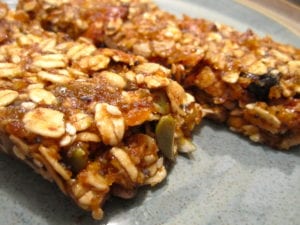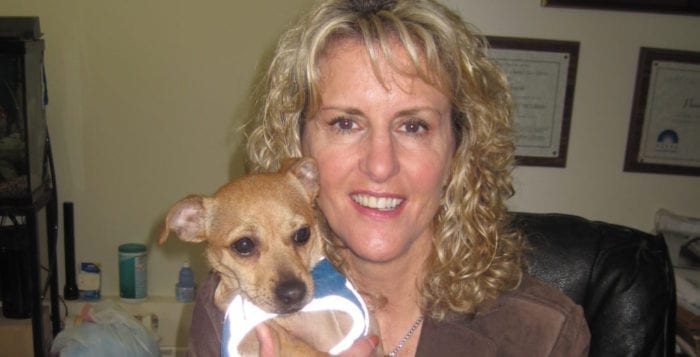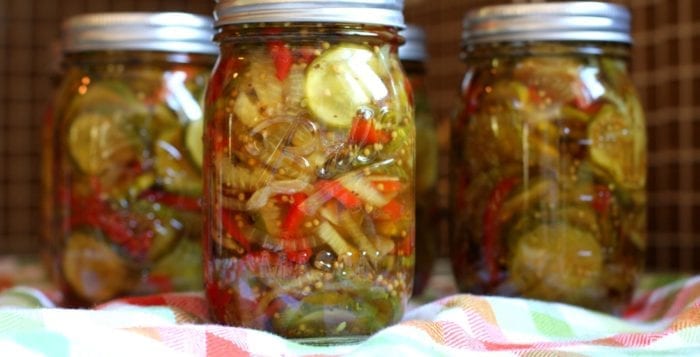The next generation is afraid.
Can you blame them? They know about 9/11, as they should. When they’re not sending pictures of themselves and the food they’re eating to their group of best friends through social media, they read headlines and see pictures of people, just like them, who are living their lives one day and then becoming statistics the next.
This particular generation says it would pick security over freedom. Not all of them do, of course, but, in a recent discussion among some teenagers, I heard repeated arguments about how freedom is irrelevant if you’re dead.
That is a reflection of just how much the world has changed since I grew up. In my youth, I was aware of the Cold War. A nuclear war, although a possibility in the bilateral world that pitted the United States against the Soviet Union, seemed unlikely. After all, the biggest deterrent was the likelihood of mutually assured destruction. As Matthew Broderick experienced in the movie “War Games,” no one wins or, to quote the eerie computer from the movie, “the only winning move is not to play.”
In times of stress, Americans have historically pulled away from the ideals of freedom and democracy.
During the Civil War, President Abraham Lincoln suspended the writ of habeas corpus, which ensures that someone can challenge an unlawful detention or imprisonment. During World War II, after the attack on Pearl Harbor, President Franklin Delano Roosevelt established internment camps, where he held more than 100,000 people of Japanese decent, worried that they might be colluding with a government that had just attacked us.
At the start of the Cold War, Sen. Joseph McCarthy played into our worst fears, leading the House Un-American Activities Committee to question the beliefs and loyalties of its citizens. In the meantime, he ruined the lives of thousands of people and turned Americans against each other.
Many of these pursuits were designed to ease the minds of citizens about our friends and neighbors, some of whom might be working with an enemy and strike against us.
So, today, what are we willing to give up? And, perhaps more importantly, to whom are we surrendering these freedoms?
I recently watched a television reporter who was interviewing citizens in North Korea. He was asking them how they felt about their leader, Kim Jung-un, and the way he was rattling the saber against the United States and the rest of the world.
Not surprisingly, the North Koreans, or the translator with them, expressed unreserved support for the man who trades threats seemingly on a daily basis with President Donald Trump. Those interviewed were confident they were in good hands.
I doubt they felt comfortable expressing any other view. What consequences would they suffer if they publicly questioned their leader’s judgment? Their leader doesn’t seem receptive to opposing viewpoints.
On our shores, we can question our own leaders openly and frequently. We can gather in groups and protest.
Trump can bristle at the way the left-leaning press covers him, just as President Barack Obama shared his displeasure over the coverage from Fox News during his presidency, but presidents can’t shut down these organizations.
Early in our country’s history, our Founding Fathers, who had just emerged victorious in a costly battle with King George III of Great Britain and Ireland, didn’t want the leaders of the new nation to have unchecked power. The pioneering statesmen wanted to guarantee Americans protections from any government, domestic or international.
Every freedom we give up moves us further down a slippery slope.
For those of us who grew up before the fight against terrorism, freedom remains at the heart of the country we are protecting.









 MEET BIGGIE! Biggie recently arrived at Kent Animal Shelter after being rescued from a high kill shelter in the south. A handsome Lab mix, this sweetheart is about 2 years old, weighs 55 pounds and is such a delight! Biggie is currently being treated for heartworm at the shelter, but he is still available for adoption. If you are interested in adopting him and helping him recover, please come by the shelter to meet him! Biggie gets along well with other dogs but does not seem to be too fond of cats. He comes neutered, microchipped and up to date on all his vaccines.
MEET BIGGIE! Biggie recently arrived at Kent Animal Shelter after being rescued from a high kill shelter in the south. A handsome Lab mix, this sweetheart is about 2 years old, weighs 55 pounds and is such a delight! Biggie is currently being treated for heartworm at the shelter, but he is still available for adoption. If you are interested in adopting him and helping him recover, please come by the shelter to meet him! Biggie gets along well with other dogs but does not seem to be too fond of cats. He comes neutered, microchipped and up to date on all his vaccines.














